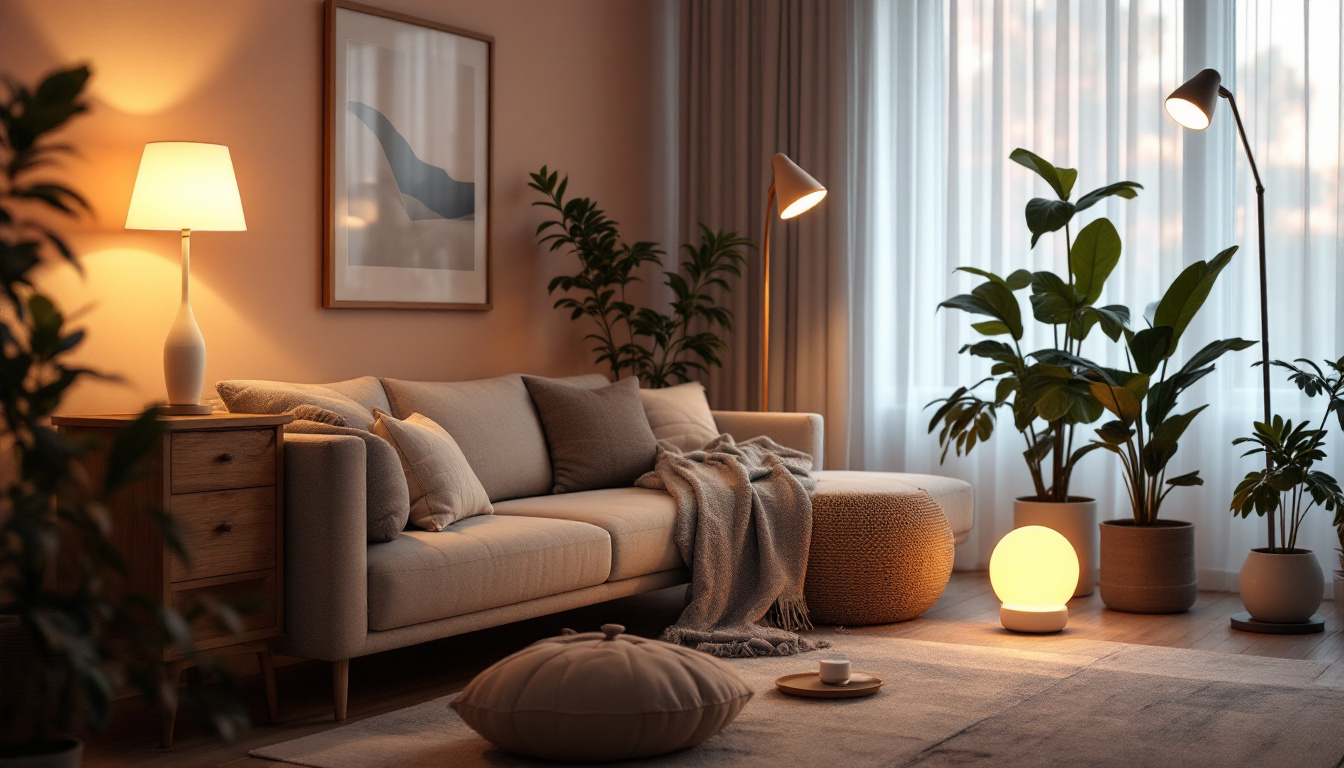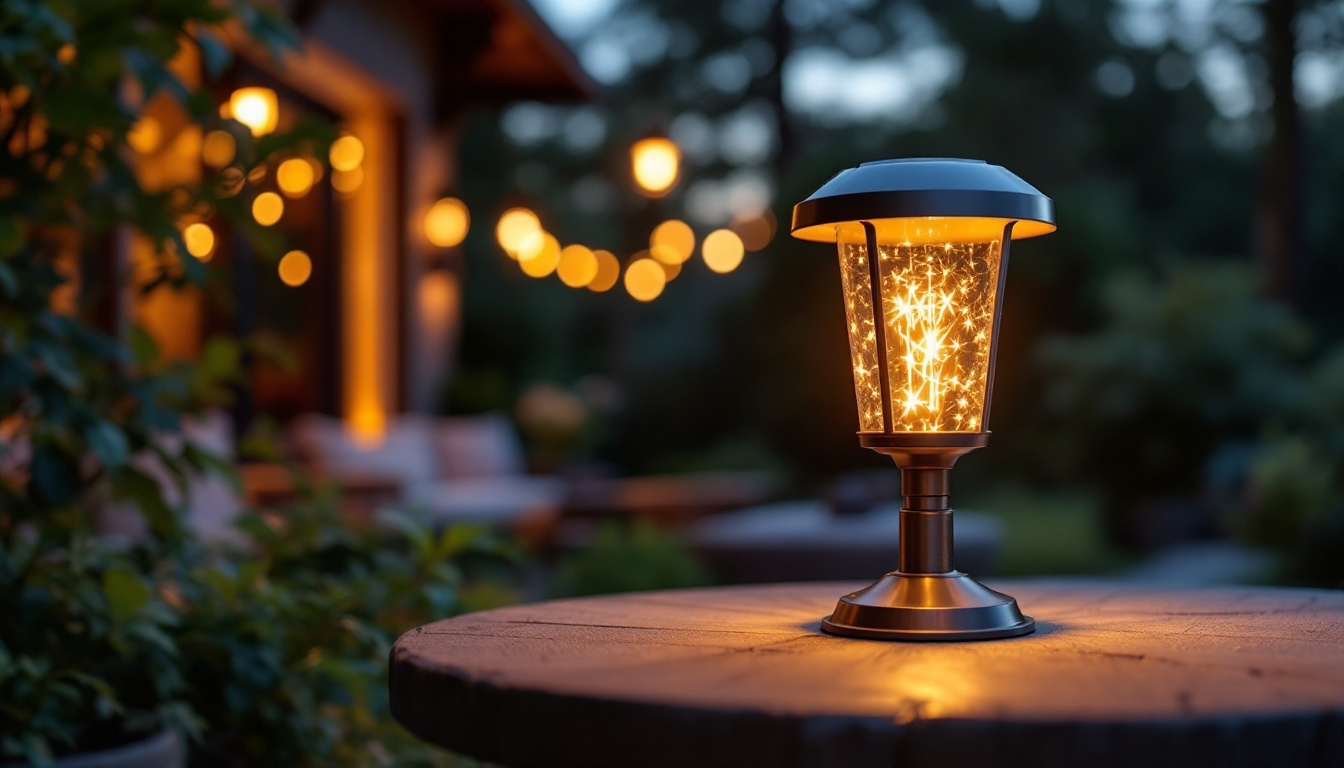
In the ever-evolving world of indoor lighting, sensor lamps have emerged as a vital component for both functionality and energy efficiency. For lighting contractors, understanding the nuances of sensor lamps is crucial for delivering quality installations that meet client expectations. This comprehensive checklist serves as a guide to ensure that every aspect of sensor lamp installation is covered, from selection to installation, and maintenance.
Before diving into the checklist, it is essential to grasp what sensor lamps are and how they function. Sensor lamps are equipped with motion detection technology that allows them to turn on or off based on the presence of individuals within a designated area. This feature not only enhances convenience but also contributes to energy savings, making them an attractive option for residential and commercial spaces alike. The integration of sensor technology into lighting systems represents a significant advancement in smart home and building automation, allowing users to tailor their lighting needs to their specific environments.
Moreover, sensor lamps can be programmed to respond to varying levels of ambient light, ensuring that they only activate when necessary. This adaptability not only maximizes energy efficiency but also prolongs the lifespan of the bulbs, reducing the frequency of replacements. As smart technology continues to evolve, sensor lamps are becoming increasingly sophisticated, with features such as smartphone connectivity and customizable settings that allow users to monitor and control their lighting from anywhere.
There are several types of sensor lamps available on the market, each designed for specific applications. Understanding these types is the first step in selecting the right sensor lamp for a project. The choice of sensor lamp can greatly influence the effectiveness of the lighting solution, depending on the intended use and the environment in which it will be installed.
Incorporating sensor lamps into lighting designs can significantly enhance both functionality and aesthetics. Here are some key benefits:
Additionally, sensor lamps can be integrated with smart home systems, allowing for remote control and automation through mobile apps or voice commands. This level of integration not only enhances user convenience but also allows for the creation of customized lighting schedules that can adapt to the homeowner’s lifestyle. For instance, lights can be programmed to turn on at dusk or when someone approaches the front door, creating a welcoming atmosphere while ensuring safety and energy efficiency.
Before installing sensor lamps, several factors must be considered to ensure optimal performance and client satisfaction. This section outlines key pre-installation considerations that every lighting contractor should address.
Understanding the layout and purpose of the space is crucial. Factors such as foot traffic, room size, and furniture placement can influence the effectiveness of sensor lamps.
Engaging with clients to understand their specific needs and preferences can lead to better outcomes. Discussing the following aspects can help tailor the installation:
With a clear understanding of the space and client needs, the next step is selecting the appropriate sensor lamp. This involves evaluating various product features and specifications.
Different projects may require varying levels of brightness and color temperatures. Assessing these factors is essential for achieving the desired ambiance.
The effectiveness of sensor lamps largely depends on their detection range and sensitivity settings. Contractors should consider the following:
Once the right sensor lamp has been selected, the installation process can begin. Following a systematic approach is essential for ensuring a successful installation.
Having the right tools on hand can streamline the installation process. Essential tools may include:
Proper wiring is critical for the functionality of sensor lamps. Following manufacturer instructions and local electrical codes is paramount. Key steps include:
After installation, testing the sensor lamp’s functionality is essential. This step ensures that the lamp operates as intended and meets client expectations.
After the installation is complete, there are several post-installation considerations that contractors should address to ensure long-term satisfaction.
Educating clients about the operation and maintenance of their new sensor lamps can enhance their experience. Key points to cover include:
Encouraging clients to perform regular maintenance can prolong the life of sensor lamps and ensure optimal performance. Suggested maintenance tasks include:
Even with careful planning and execution, challenges may arise during the installation and use of sensor lamps. Being prepared for these challenges can help contractors provide effective solutions.
One common issue with sensor lamps is false triggers, which can occur due to environmental factors or incorrect settings. Solutions include:
In some cases, sensor lamps may not cover the intended area effectively. To address this, contractors can:
Sensor lamps are an invaluable addition to modern indoor lighting solutions, offering energy efficiency, convenience, and enhanced security. For lighting contractors, understanding the intricacies of sensor lamp installation is essential for delivering quality service. By following this comprehensive checklist, contractors can ensure that every installation meets the highest standards, ultimately leading to satisfied clients and successful projects.
From understanding the various types of sensor lamps to addressing common challenges, this guide serves as a resource for lighting contractors looking to excel in their field. With careful planning, execution, and ongoing maintenance, sensor lamps can provide lasting benefits for both contractors and their clients.
Ready to elevate your lighting installations with the efficiency and sophistication of sensor lamps? Look no further than LumenWholesale for all your lighting needs. Our commitment to quality and affordability ensures that you have access to the best spec-grade lighting products at wholesale prices. Say goodbye to inflated markups and hello to a vast selection of reliable lighting solutions that meet the highest industry standards. Plus, with the convenience of free shipping on bulk orders, you can stock up on premium lighting without any hidden fees. Take the first step towards enhancing your lighting projects by visiting Wholesale Lighting at the Best Value and discover the LumenWholesale difference today.

Discover how LED high bay fixtures are revolutionizing lighting contractors’ projects by enhancing efficiency, reducing costs, and improving overall illumination quality.

Discover the transformative power of solar lamps for outdoor spaces and why they’re a must-have for every lighting contractor.

Discover how chain hanging lights can revolutionize the workflow of lighting contractors by enhancing efficiency and flexibility.

Discover essential tips for lighting contractors to enhance outdoor patio spaces with solar lighting.